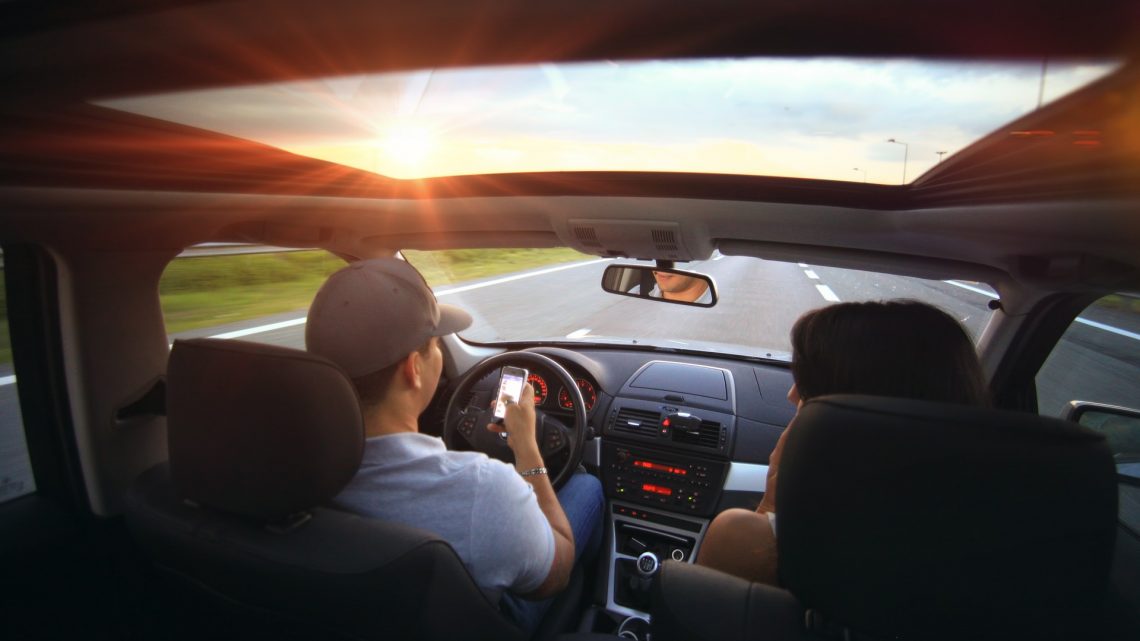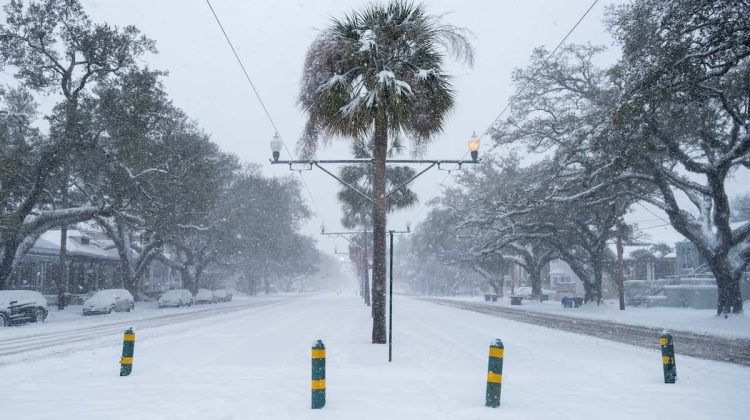Ever since “self-driving cars” entered our lexicon, many drivers have had one primary concern: will there be more car crashes? Are Teslas safe on autopilot? It can be scary to give up control and put your safety in the hands of a computer program. Ultimately Tesla’s goal is to create software that incorporates every type of safety feature imaginable, which would theoretically eliminate human error and reduce the number of accidents. As we’ve seen so far with Tesla, however, the technology is a work in progress and still requires many tests and updates.
Tesla Autopilot Crashes
Before we even begin to think about fully self-driving cars, we’ve got autopilot to worry about. While self-driving cars leave many of the controls up to the car’s software, Teslas on autopilot are essentially just using cruise control and providing steering assistance, called Autosteer. It’s only the stepping stone to fully self-driving vehicles, yet 12 car accidents have been identified involving a Tesla on autopilot hitting emergency vehicles.
A February 27th crash involving police officers and their vehicle is coming back into the spotlight this week. Seven months after the Texas accident, the five police officers who were involved are suing Tesla. The Tesla in question was traveling 70 miles per hour in autopilot mode when it crashed into the back of the police car, which was stopped in the right lane of traffic along with the car it had pulled over. The police officers sustained injuries and the cars were totaled. It’s certainly a concerning safety issue for emergency responders and civilians alike.
Tesla Software Updates
There may be a solution, however. Last week a Tesla owner tweeted about the newest software update for Tesla Model 3 and Model Y. According to this owner’s documentation:
“If Model3/ModelY detects lights from an emergency vehicle when using Autosteer at night on a high speed road, the driving speed is automatically reduced and the touchscreen displays a message informing you of the slowdown… You will also hear a chime and see a reminder to keep your hands on the steering wheel. When the light detections pass by or cease to appear, Autopilot resumes your cruising speed.”
Other Tesla owners took to Twitter to report that they couldn’t find the same update in their manual, but the consensus is that the update must be rolling out slowly or for particular models only. While Tesla has not confirmed or denied this rumored update, evidence of the new feature can be seen in a video shared on Reddit.
While this only addresses situations that happen at night and doesn’t seem to be a rollout with every Tesla, it’s hopeful to see a software update response to real life safety issues. Tesla has been up and down when it comes to consumer safety reports, so features that come and go will continue to affect its safety rating.
Self-Driving Beta Program Available for Good Safety Scores
Even as we fret over the dangers of autopilot, Tesla is getting full self-driving (FSD) cars ready for action. With the new beta program, Tesla drivers with a certain safety score rating, as determined by their Tesla’s software, can qualify to start beta testing the program. The safety score takes into account a driver’s Predicted Collision Frequency and history of Hard Breaking or Aggressive Turning, among other factors. Drivers have to earn a particular Tesla safety score in order to qualify for the FSD beta program.
No Tesla system, including the FSD beta program, will ever make the cars completely autonomous. All of Tesla’s features aim to assist drivers, but never to fully take over. Despite this intention, programming cars to take control is inevitably going to come with some hiccups along the way. Remember that this technology is still being developed, and only those who feel comfortable should try it out.





No Comment